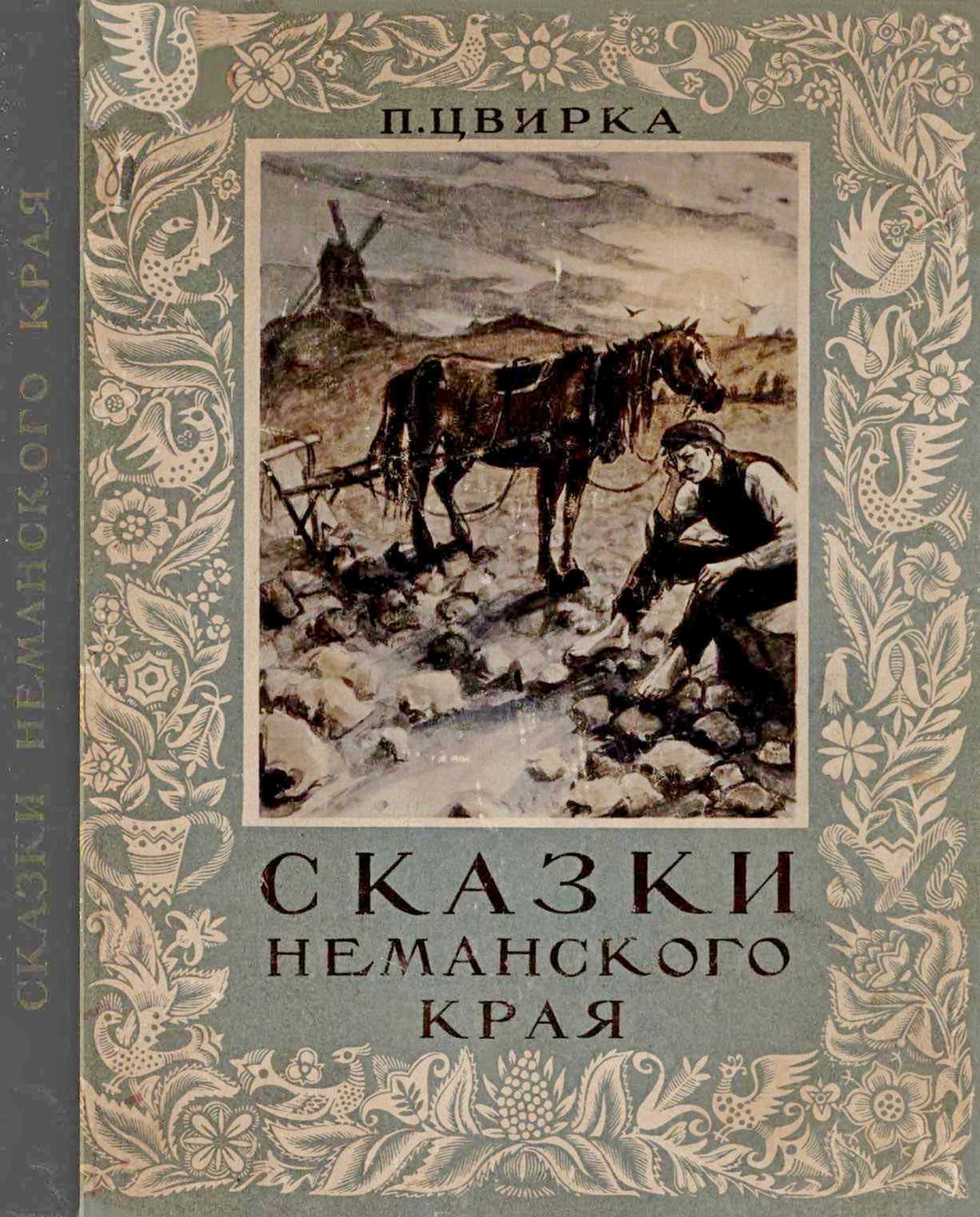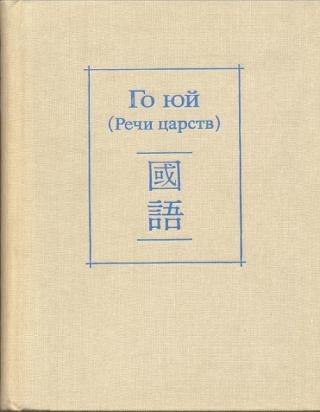Книга История Древнего мира. От истоков цивилизации до первых империй - Сьюзен Уайс Бауэр
Шрифт:
Интервал:
Закладка:
276
Ch’ien, p. 47.
277
Lord William Taylour, The Mycenaeans (1983), p. 18.
278
Plutarch, Plutarch’s Lives, vol. 1, The Dryden Translation (2001), p. 10.
279
Taylour, p. 41.
280
Ibid., p. 147; Robert Morkot, The Penguin Historical Atlas of Ancient Greece (1996), p. 29.
281
Taylour, p. 137.
282
John Chadwick, Linear B and Related Scripts (1987), p. 44–49.
283
Herodotus, 3.122.
284
Taylour, p. 156.
285
Fitton, p. 179.
286
J. T. Hooker, «Homer and Late Minoan Crete», Journal of Hellenic Studies 89 (1969), p. 60.
287
Clayton, p. 116.
288
David O’Connor and Eric H. Cline, Amenhotep III: Perspectives on His Reign (1998), p. 13.
289
Ibid., p. 11.
290
Tacitus, The Annals of Imperial Rome (1996), p. 111.
291
Details found in Ernest A. Wallis Budge, Tutankhamen: Amenism, Atenism, and Egyptian Monotheism (1923), p. 68, см. также: Clayton, p. 117.
292
Donald B. Redford, Akhenaten: The Heretic King (1984), p. 36–37.
293
Clayton, p. 116.
294
O’Connor and Cline, p. 20.
295
Laessoe, p. 90.
296
O’Connor and Cline, p. 243.
297
William L. Moran, ed. and trans., The Amarna Letters (1992), p. 1.
298
Ibid., p. 1–2.
299
Ibid., p. 8.
300
O’Connor and Cline, p. 2–3.
301
Redford, Akhenaten, p. 162.
302
Dodson and Hilton, p. 142.
303
Redford, Akhenaten, p. 52.
304
Cyril Aldred, Akhenaten, King of Egypt (1988), p. 278.
305
Ibid., p. 241–243.
306
Redford, Akhenaten, p. 141.
307
Парафраз надписи из Эль-Амарны (далее EA), обозначенной археологами как 20-я, приведена в: Moran, p. 48.
308
Redford, Akhenaten, p. 195.
309
EA 41, in Moran, p. 114.
310
EA 16, in Moran, p. 16.
311
Redford, Akhenaten, p. 197.
312
Laessoe, p. 90.
313
EA 9, in Moran, p. 18.
314
Saggs, Babylonians, p. 118–119.
315
Clayton, p. 134.
316
Nicholas Reeves, The Complete Tutankhamun: The King, The Tomb, The Royal Treasure (1995), p. 23.
317
Clayton, p. 135.
318
Clayton, p. 138.
319
Ibid., p. 146.
320
Bryce, p. in.
321
Shaw, p. 298.
322
Diakonoff, p. 189.
323
Shaw, p. 298.
324
Clayton, p. 151.
325
Письмо переведено и процитировано у: Bryce, p. 172.
326
Luckenbill, Ancient Records, vol. 1, p. 27.
327
Bryce, p. 108.
328
Luckenbill, Ancient Records, vol. 1, p. 40.
329
Redford, Egypt, p. 188.
330
Clayton, p. 153.
331
Barbara W. Tuchman, The March of Folly: From Troy to Vietnam (1984), p. 43. 1. Taylour, p. 159.
332
Homer, The Iliad, Book 3; this translation is E. V. Rieu’s (1950).
333
Virgil, The Aeneid, 2.13–20, translated by C. Day Lewis (1950).
334
Ibid., 2.265–267, 327.
335
E.V. Rieu, «Introduction», in Homer, The Iliad (1950), p. xiv.
336
Chadwick, p. 36.
337
Clayton, p. 162.
338
Herodotus, 1.4.
339
Herodotus, 1.5.
340
Thucydides, 1.11.1.
341
Homer, The Odyssey, Book 3, Samuel Butler translation (1898).
342
Thucydides, 1.12.2.
343
J. Legge and C. Waltham translation, quoted by Chang, p. 12.
344
Fairbank and Goldman, p. 34.
345
J. A. G. Roberts, p. 67.
346
Ibid., p. 8.
347
Chang, p. 32–35.
348
A. Waley translation, quoted in Chang, p. 13.
349
Cotterell, China, p. 24.
350
Keay, p. 26.
351
Ranbir Vohra, The Making of India: A Historical Survey (2001), p. 3–4.
352
Keay, p. 29. Мандала может также означать нечто округлое.
353
The Rig Veda, translated by Franklin Edgerton in The Beginnings of Indian Philosophy (1965), p. 52–56.
354
Kulke and Rothermand, p. 35.
355
Thapar, Early India, p. 114.
356
Redfbrd, Egypt, p. 247.
357
Clayton, p. 157.
358
Bryce, p. 94.
359
Ibid., p. 22.
360
K.A. Kitchen, trans., Ramesside Inscriptions, Historical and Biographical, vol. 4 (1969), 5.3.
361
Bryce, p. 95.
362
Ibid., p. 109.
363
Ibid., p. 26.
364
Ibid., p. 234.
365
Redfbrd, Egypt, p. 245.
366
Переделано из надписи, обозначенной как RS 34, взятой из: Sylvie Lackenbacher, Le rot bdtisseur. Les recks de construction assyriens des origins a Teghitphalasar III (1982).
367
Itamar Singer, «New

























